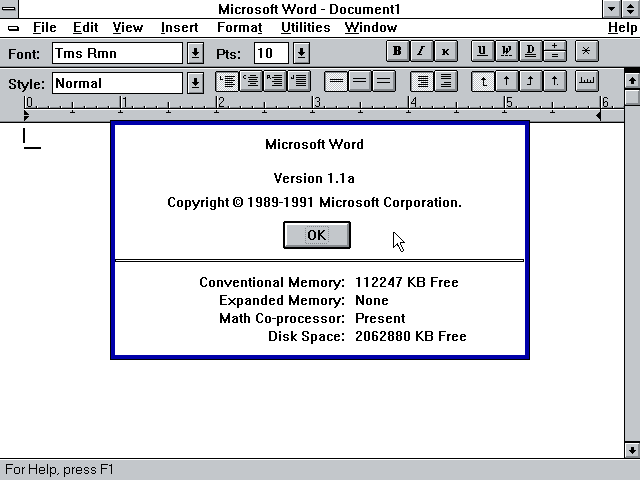

This new mode offers an increased screen resolution and a vastly wider color palette, with none of the limitations of earlier Apple II graphic modes (such as color bleeding and fringing). In addition to supporting all graphics modes of previous Apple II models (40 and 80 columns text, Low and Double-Low, High and Double-High resolution) the Apple IIGS's Video Graphics Chip (VGC) introduced a new graphic mode called "Super-High Resolution". ( December 2016) ( Learn how and when to remove this template message) Unsourced material may be challenged and removed. Please help improve this section by adding citations to reliable sources.

These channels can be paired to produce 15 voices in stereo. With clever programming, it is possible to make the IIGS display as many as 3,200 colors at once.Īudio is generated by a built-in Ensoniq 5503 digital synthesizer chip, which has its own dedicated RAM and 32 channels of sound. By changing the palette on each scanline, it is possible to display up to 256 colors or more per screen. These include a 640×200-pixel mode with 2-bit color and a 320×200 mode with 4-bit color, both of which can select 4 or 16 colors (respectively) at a time from a palette of 4,096 colors. Its graphical capabilities are the best of the Apple II series, with higher resolution video modes and more color. Faster versions of the 65C816 processor were readily available, with speeds of between 5 and 14 MHz, but Apple kept the machine at 2.8 MHz throughout its production run. This decision had a critical effect on the IIGS's success the original 65C816 processor used in the IIGS was certified to run at up to 4 MHz. The 2.8 MHz clock was a deliberate decision to limit the IIGS's performance to less than that of the Macintosh. The 65C816 allows the IIGS to address considerably more RAM. The processor runs at 2.8 MHz, which is faster than the 8-bit processors used in the earlier Apple II models. It emulates its predecessors via a custom chip called the Mega II and uses the then-new WDC 65C816 16-bit microprocessor. The Apple IIGS made significant improvements over the Apple IIe and Apple IIc.


While featuring the Macintosh look and feel, and resolution and color similar to the Amiga and Atari ST, it remains compatible with earlier Apple II models. The Apple IIGS (styled as II GS), the fifth and most powerful of the Apple II family, is a 16-bit personal computer produced by Apple Computer. If you can post back with the name of a large city near you we might be able to find you a user group that has resources.US$999 (equivalent to $2,470 in 2021), excluding monitorĮnsoniq ES5503 DOC 8-bit wavetable synthesis sound chip, Here is a site that gives good information on different drives. Keep trying disks and formatting until one combination works. If the disk is recognized, then copy files onto the disk and the newer machine should read the files. Then put the disk into the machine that you are moving the files from. The best method is to format a disk in the machine that you are moving files to. We can put a floppy disk into five different computers and only one or two will read the disk. The 3.5 disk will go into a G3 but the biggest problem that you may find is that older floppy drives do not always read disks that were not created by that drive. Those machined usually had Apple File Exchange.
#Best word processor for apple iigs mac
Here is the process: The 3.5 disks will go into an old SE, Mac LC or other cheap early mac. You will need a program called Passport or Apple File Exchange to translate the files to something that a G3 will read. The first thing to remember is that files on the IIGS are in PRODOS.


 0 kommentar(er)
0 kommentar(er)
